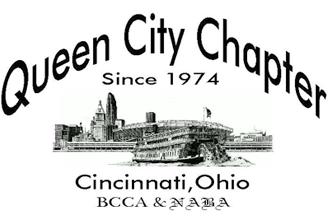

| The craft brewing industry began in Sonoma, CA in 1977 when Jack McAuliffe and his partners, Suzy Stern and Jane Zimmerman, opened the New Albion Brewing Co. in a corrugated steel warehouse building rented from a fruit processor. Along with Don Barkley and Michael Lovett, Jack brewed on a kitchen stove, fermented in galvanized garbage cans and filled bottles by hand using a siphon hose. Jack was only 31 years old but he planted a seed and once that seed began to sprout there was no stopping it. The new craft brewing industry was underway and about to bloom. Today there are approximately 1600 craft breweries operating in the United States. |
Back in 1977 and on into the 1980s, there was no thought given to canning beer. A very few of the craft breweries were bottling their beer but no one was canning it. The high cost associated with the procurement of a canning line prohibited this concept and most craft brewers (brewpubs) were content to sell their beer in house while others that were operating as microbreweries were content to continue kegging and bottling for the retail market. As the movement to better beer grew, a few craft brewers decided that to grow themselves, they needed to can their beer. Since affordable canning lines were not yet available, the craft brewers either canned by hand or used some other available equipment to accomplish this task. Some craft brewers decided that the most cost effective way to accomplish this task was to contract the operation to another brewer who had the capability to perform the task. Then in 2002, the Cask Brewing Systems, Inc. of Alberta, Calgary, Canada designed a canning line (small canner, seamer and six packer) that was affordable to the craft brewer and the canning craze was underway. |
| The craft brewers have established three different methods of filling cans for sale to the public. One, the cans are filled in house with the majority being filled on a CASK canning line and a few others using canning lines produced by other manufacturers. Two, the cans are hand filled or three, the cans are filled as a result of a contract relationship with another brewery. We have broken these microbrewery cans down into the three different groups because we understand that can collectors are unique people and have many different collecting habits so we have provided the collector with the three different possibilities allowing him or her to decide which to collect. |
CLICK HERE TO SEE ALL MICRO CANS PRIOR TO 2013
CLICK HERE TO SEE ALL MICRO CANS 2013-2014
HAVE A PHOTO WE ARE MISSING OR A NEW CAN WE DON'T HAVE--EMAIL US HERE.